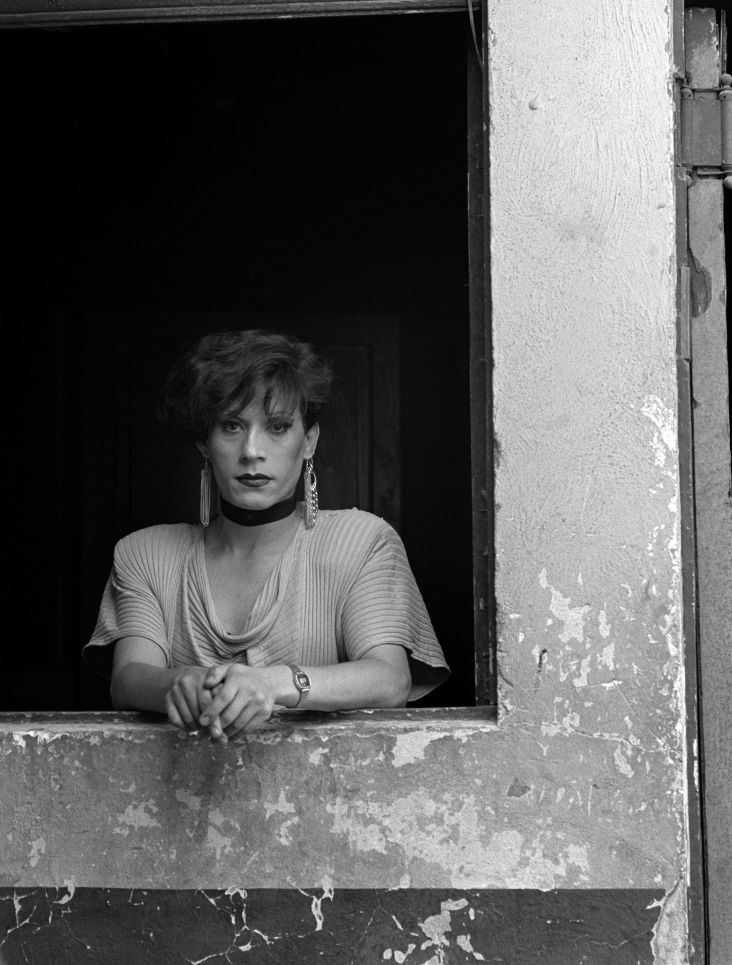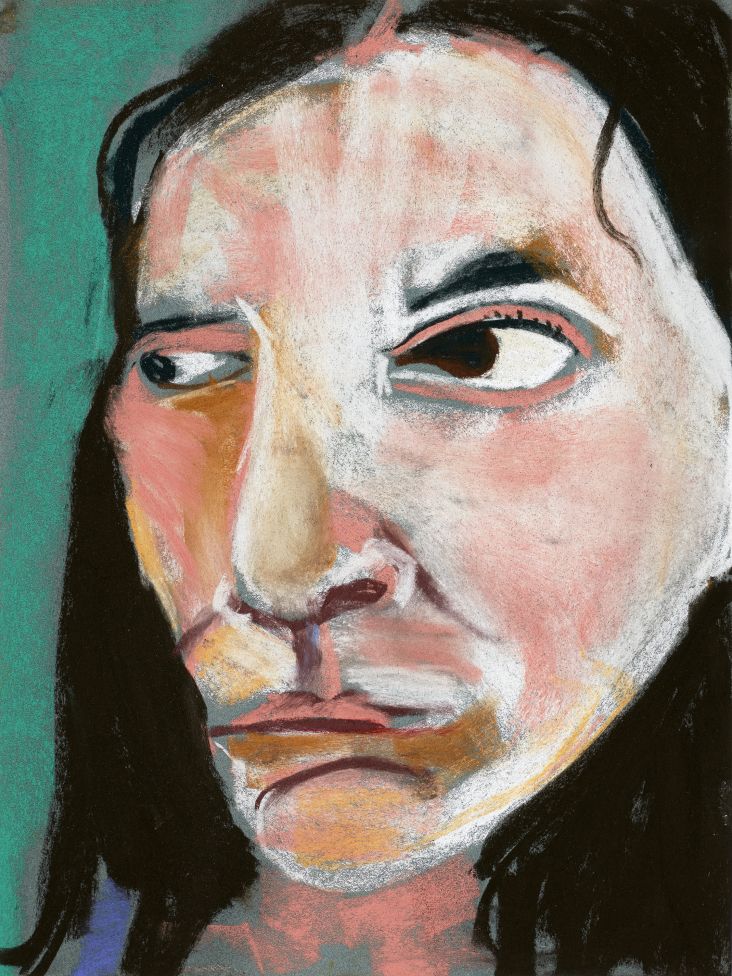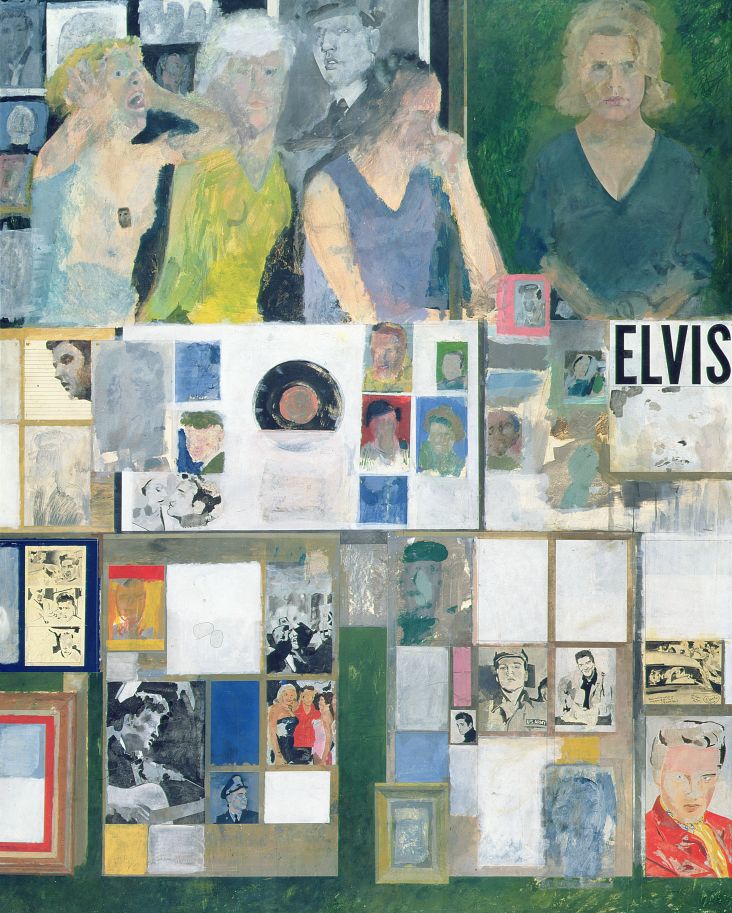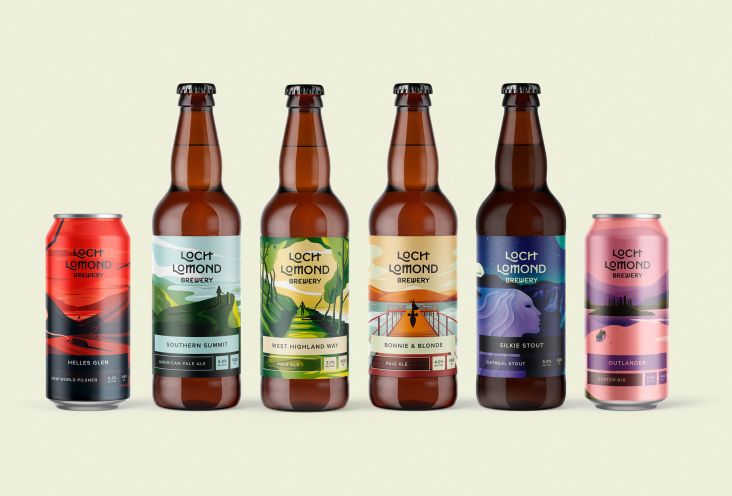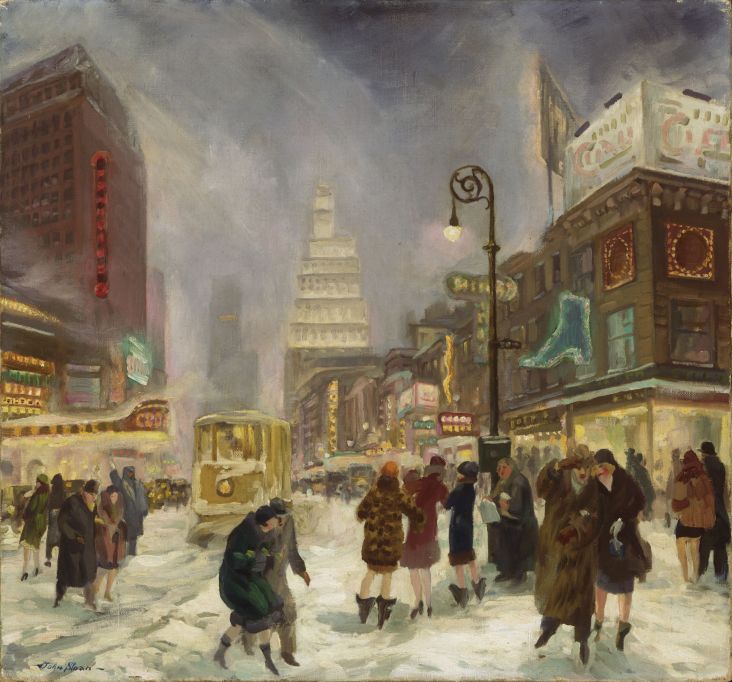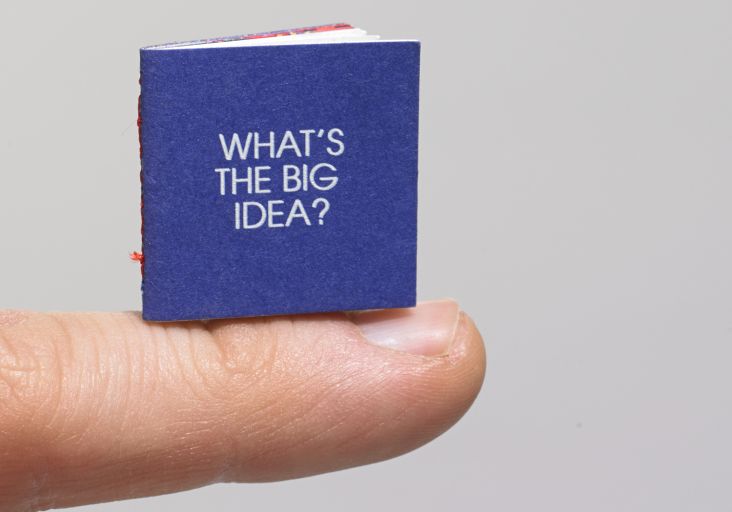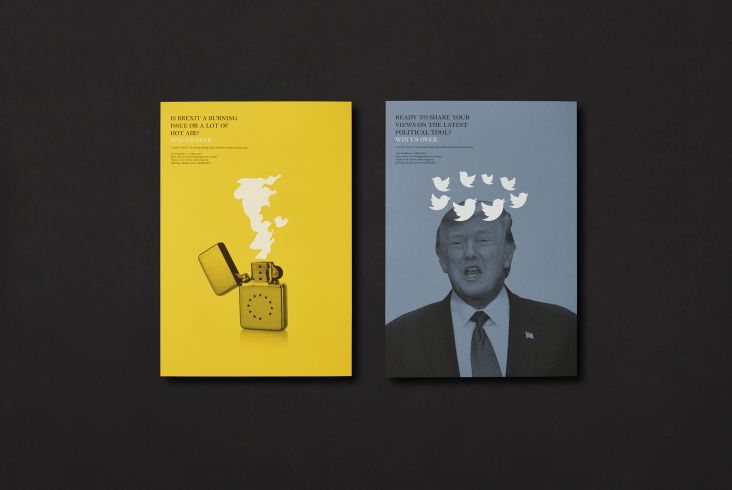Milton Glaser on his most iconic works and the importance of ethics in design
One of America's most illustrious graphic designers and renowned graphic artists, Milton Glaser has been breaking boundaries and creating iconic works, such as the "I ❤ NY' mark and the Brooklyn Brewery logo, since the 1950s.
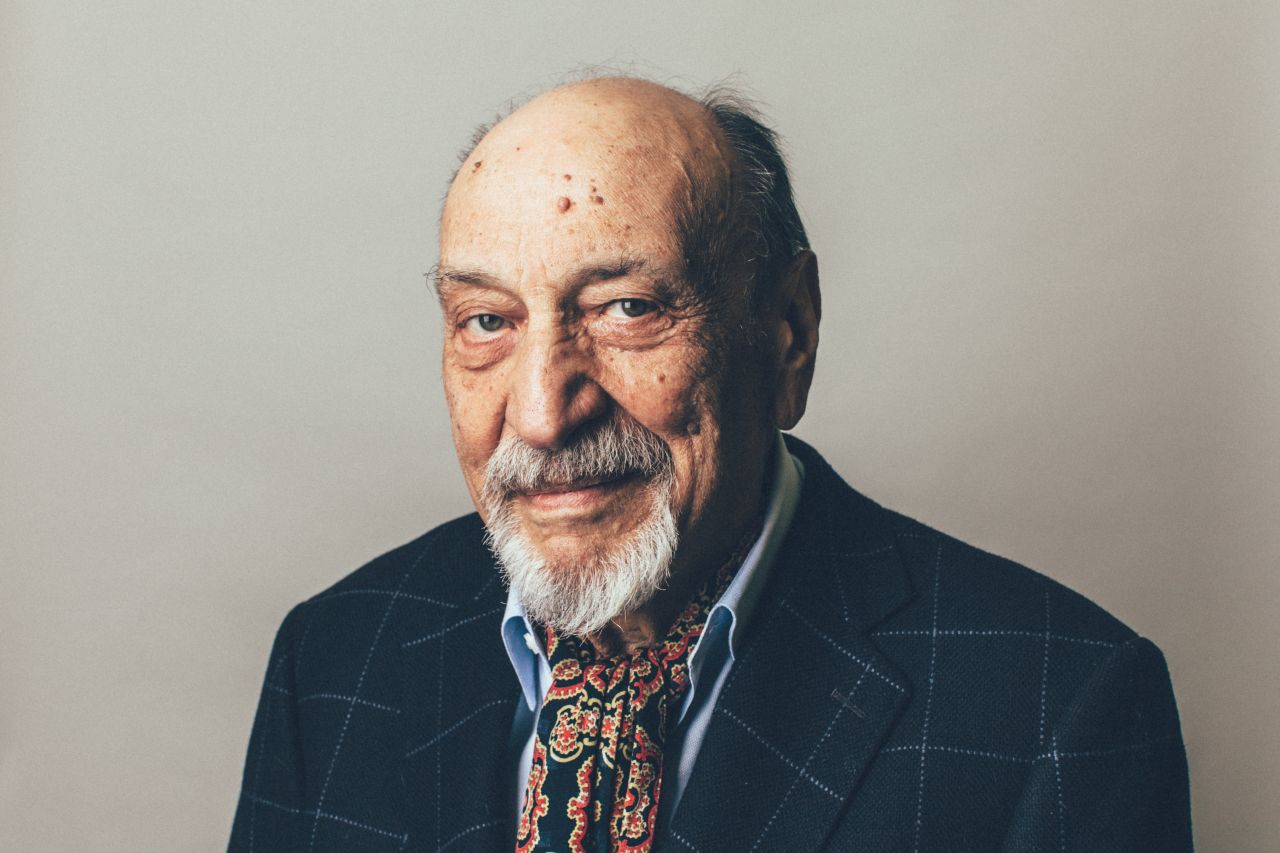
Image credit: Catalina Kulczar
Born in New York in 1929, he co-founded Push Pin Studios in 1954, a name that became a guiding light for graphic designers everywhere. He later became president and design director for New York Magazine, where he also wrote its most popular column to date, on cheap restaurants in the Big Apple.
In 1974, he established Milton Glaser, Inc. and later, in 1983, he teamed up with Walter Bernard to launch WBMG, a publication design firm that created more than 50 magazines, newspapers and periodicals globally.
His artwork has been featured in exhibits and placed in permanent collections in many museums around the world, and he has won many awards. In 2004 he was chosen for the lifetime achievement award of the Cooper Hewitt National Design Museum, and in 2009 he was given the National Medal of the Arts from President Barack Obama – the first graphic designer to receive such an accolade.
Now he is launching a new book, Milton Glaser Posters, celebrating 427 examples of his poster designs from 1965 to 2017. We spoke to Milton about his career so far, his views on the changing industry and why ethics in design is more important than ever.
What made you decide to become an artist?
I cannot recall the singular event, but perhaps there's never a single event. The decision was not a conscious one but came about largely because I enjoyed making things. In fact, there was nothing more pleasurable to me than drawing and discovering I could do things I didn't know I was capable of.
Doing things differently is a recurring theme throughout your career and has won you much praise and recognition. Have you always strived to be original?
Of course, at the beginning of your life, you don't know what originality is, and you derive everything you do know from the existing understanding of history or things you've read. I don't know at what point you become truly original, but the idea of expressing yourself is undoubtedly fundamental to all the so-called creative work. I always wanted the work I did to reflect some aspect of myself, but always knew that it would take some time to find that aspect. At any rate, I have never been conscious that originality was my primary aim. What I really cared about was effectiveness.
From your many iconic works, do you have a favourite piece?
I don't think of my work as a series of pieces. Instead, I always think of what I learned from doing the piece and where it has led me. I see every piece as part of the development of an idea that has to be continued, changed and modified. As I put it in one of my books, one thing leads to another, but this is not an original notion.
How does it feel to see your 'I ❤ NY' logo so widely used? Did you realise the impact it would have when you designed it?
I certainly had no idea of its universal application, and it is a profound mystery to me. It is difficult to understand the dimensions of human preference. Why do you like vanilla better than chocolate? Obviously an individual choice. But works become iconic when they become popular, and the reasons for popularity are always complex and peculiar. 'I love NY' has lasted far beyond my expectations; it's lasted so long that I no longer identify myself as the one that created it, but that doesn't diminish the pleasure it gives me when I realise it was me.
Marcel Duchamp's self-portrait inspired your artwork for Bob Dylan's Greatest Hits album. Can you briefly outline your creative process for this project?
I just start working. I find that once you are on the path, it leads you to many solutions. Not all solutions are extraordinary, but at least there is a methodology.
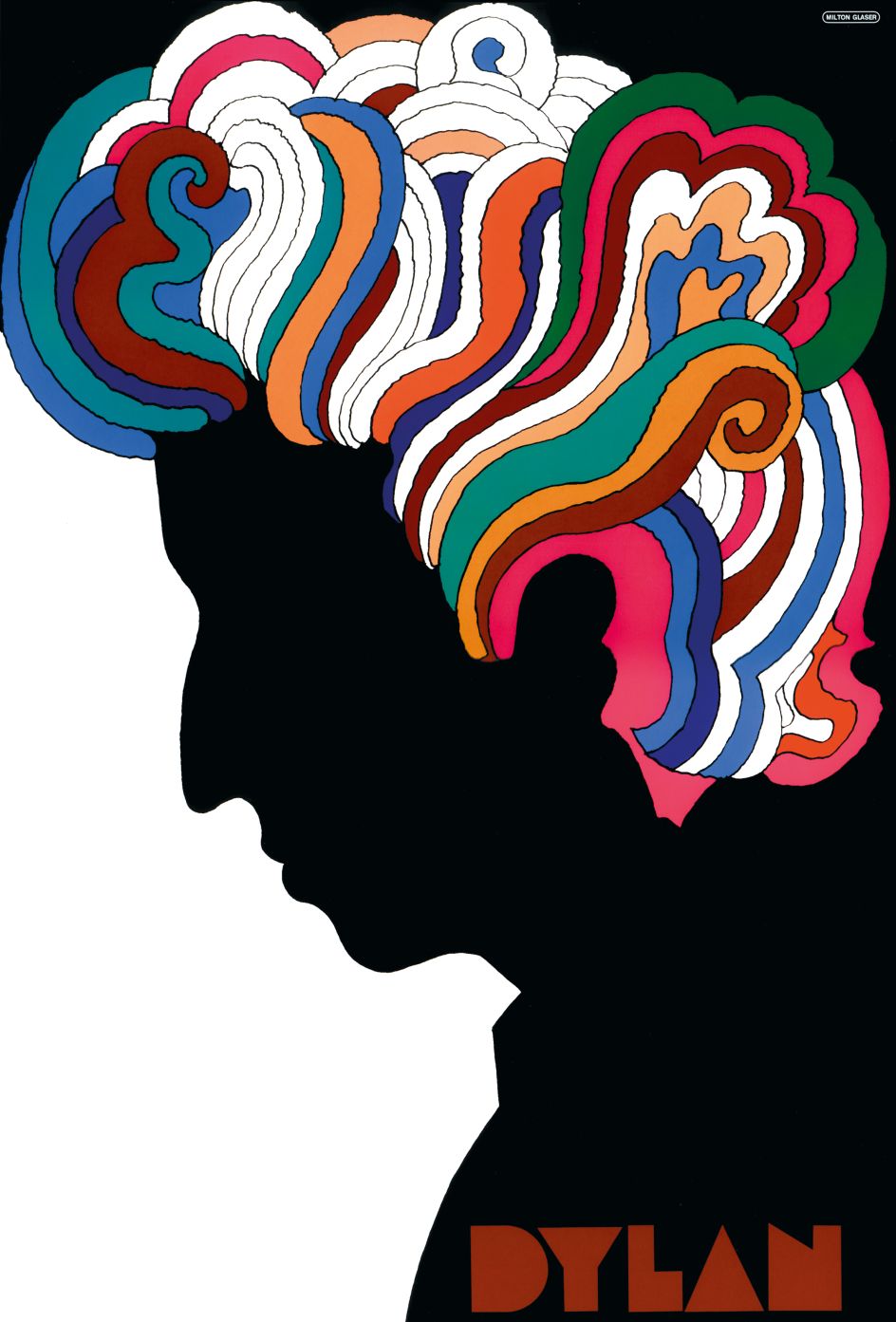
Dylan, 1967 for Columbia Records
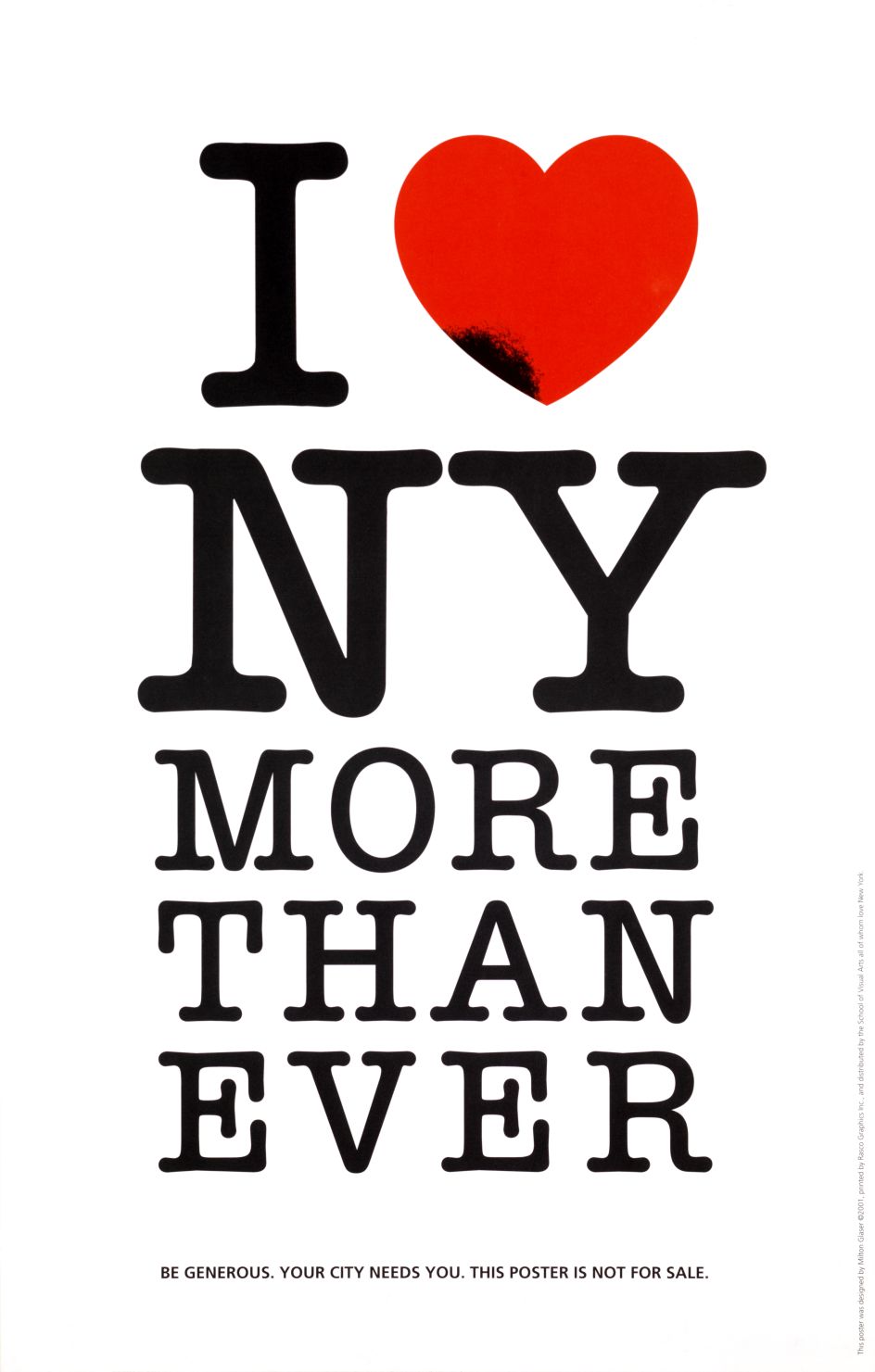
I Love NY More than Ever, 2001 for the School of Visual Arts
How do you continue to find new ideas?
The problem is that there are too many new ideas. The question is, how do you avoid new ideas as well as deal with the ones you know and make them more profound and more penetrating and more significant. The new is not always the most beneficial realm. However, in many areas of communication, the new is useful because it engages people or surprises people or compels them to ask, what was that question? In any case, the question of finding new ideas is irrelevant.
Do you ever suffer from creative block? And if so, what do you do to overcome it?
I embrace it. When you are blocked, you know you have something to do. And also it is not a permanent condition. A block leads you elsewhere and very frequently that is precisely what is needed. A block comes from doing the same thing too many times and running out of gas. As I often quote Picasso, "once you've mastered something, you can abandon it".
How can a designer find the courage to balance commercial pressure with being original and genuinely creative?
Well, this is the essential debate in the profession and in life itself. Which is what is in it for me? And what is for others? Our significant contribution to each other is the fact that we care, we empathise, we are concerned with what other people experience. That is true in all aspects of life and certainly in commerce. That balance, which is to say what shall I do that is uniquely beneficial to me as opposed to what benefits all others, is a question of life. Unfortunately, it is not frequently asked. My fundamental response is – am I doing harm?
In a digital era, when "persuasion" has become a dirty word – how does a designer factor in ethics when the client is demanding more clicks and engagement?
How do you care about the good of others and still work to achieve some benefit to yourself? That balance is the balance of life, and I must say that at this particular time, the emphasis has been mostly on the self – on self-fulfilling activities, on ignoring the needs of others. This Trumpian attitude is so persuasive not only in the United States but all over the world. Finally, we must realise we are with others, and they are part of our life.
Is capitalism and the need for growth too strong a power against ethics in design?
There are always oppositions to ethics since the dawn of history. Although, of course, capitalism and its emphasis on money and fame have amplified that idea to the point of overwhelming self-interest. At one point, we have to wake up and realise that civilisation itself is at stake if this characteristic continues and becomes amplified even more than it is today.
The great thing about drawing is that it forces you to pay attention and attentiveness, in the Buddhist sense, is the one way we have to understand what is real.
Have you ever suffered from imposter syndrome?
I don't know what you mean by an imposter—pretending to be what you are not? I certainly use the entire world as a resource and feel that anything should be used as a starting point if it leads you to somewhere. If you are stealing from someone else, it doesn't lead you anywhere. The purpose of the work, to begin with, is to discover what is real. This is the highest objective of working in the arts. You cannot discover that if you are simply replicating somebody else's discoveries.
You were born and bred in New York. What is it that you love about the city so much?
I have no idea what I love about it just that I was born and bred here. I have the affiliation of familiarity and also the fact that the city is unlike any other place on the earth – a resource full of liveliness, imagination, contrast, contradiction and everything else that is required to avoid boredom. I wouldn't know where else to live.
What's changed in the design industry, for better and for worse, since you started?
What has gotten much worse is the degree of professionalisation and marketing that now exists in the field. That basically aims at repeating what has succeeded in the past. Attempts to succeed by doing what has already been done has some short-term benefits and long-term disasters. There is a conflict between selling things and making things. If you sell things, you always want to begin with what has already been sold. When you make things, you hope you make something that has never been made. This fundamental conflict is a dialectic that exists in the design profession, and it cannot be reconciled.
Do you have any frustrations with the industry today?
Yes, many frustrations. Mostly there is too much plagiarism, too much repetition, too little good ideas, too many modest skills, too many people being praised for too small invention.
Do you think computers and the digital revolution are making designers lazy?
I don't know what laziness means here. It is undoubtedly avoiding some difficulty. Avoiding difficulty is not the only way to live and, unfortunately, it also makes people unwilling to engage in the most challenging things in their life. As a result, I would say it's not only the computer but the change of ethos, the atmosphere, the politics and everything else that has made people experience their life as a search – as I said earlier, for fame and money which is ultimately a search that yields no rewards.
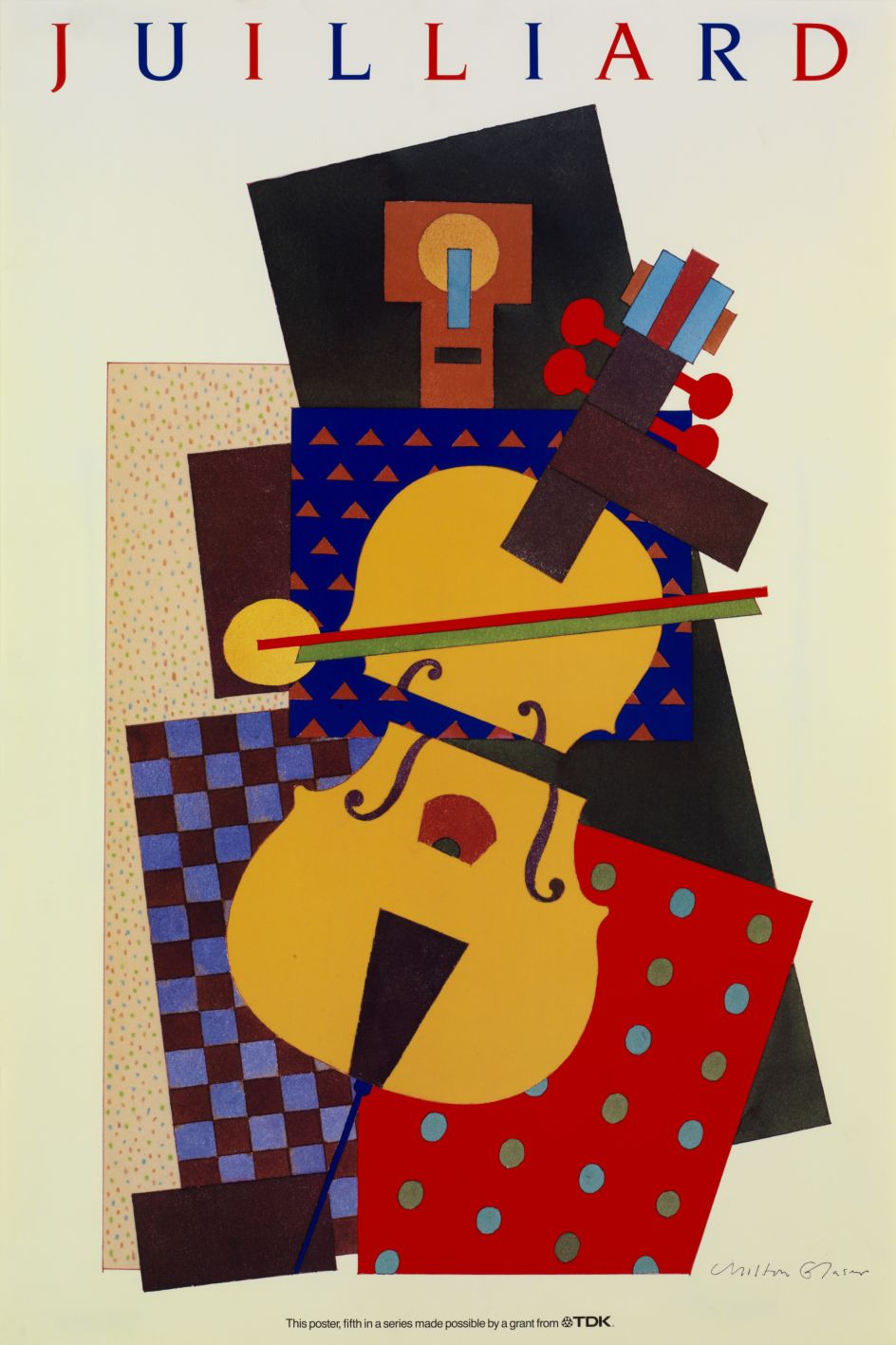
Juilliard, 1991 for The Juilliard School
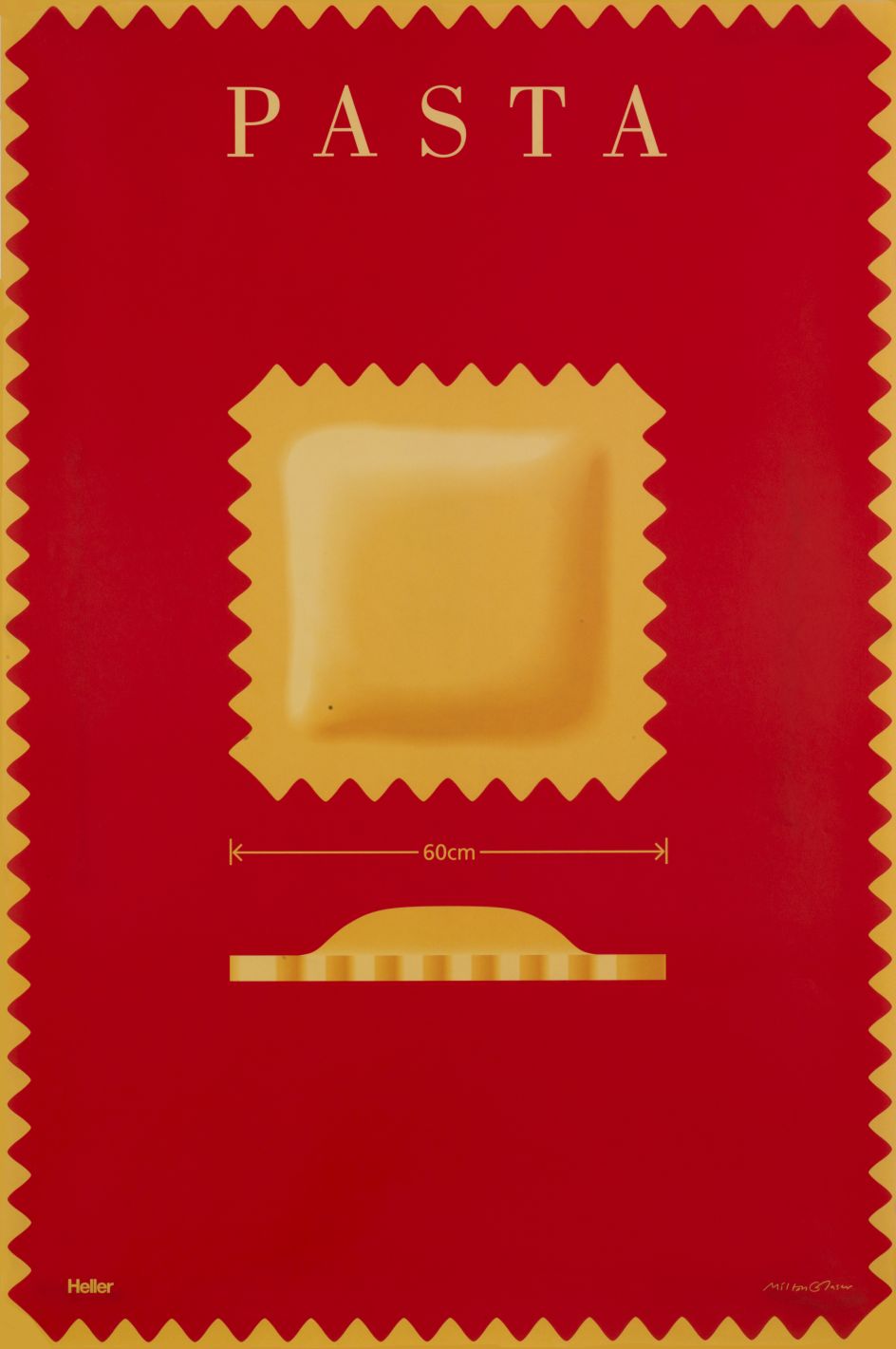
Pasta, 2006 for Allan Heller
Is there any advice you've been given that's stuck with you?
Do good work. It's advice my junior high school teacher once told me after he understood that I was not going to be a scientist. I had chosen the road of art. Nevertheless, he gave me a box of contact crayons and told me "do good work". Those words have never diminished in my mind.
Do you think drawing is the only way to do "good work"?
No, I never said that drawing was the only way to do good work, but its benefit is that it connects the brain to the neurons in your arm and your hand, so there is some kind of connection between all the parts of your body that is engaged in observation. The great thing about drawing is that it forces you to pay attention and attentiveness, in the Buddhist sense, is the one way we have to understand what is real.
Milton Glaser Posters by Milton Glaser is out on 27 March via Abrams and priced at £22.99. Find out more at abramsandchronicle.co.uk. Or visit miltonglaser.com.




 by Tüpokompanii](https://www.creativeboom.com/upload/articles/58/58684538770fb5b428dc1882f7a732f153500153_732.jpg)


 using <a href="https://www.ohnotype.co/fonts/obviously" target="_blank">Obviously</a> by Oh No Type Co., Art Director, Brand & Creative—Spotify](https://www.creativeboom.com/upload/articles/6e/6ed31eddc26fa563f213fc76d6993dab9231ffe4_732.jpg)








